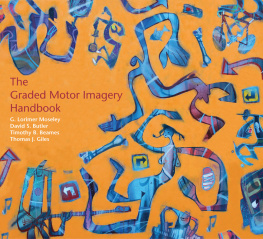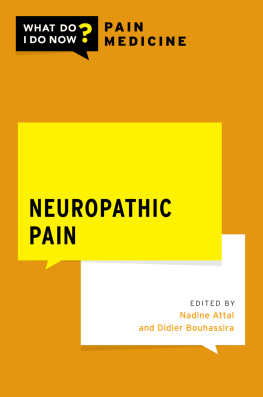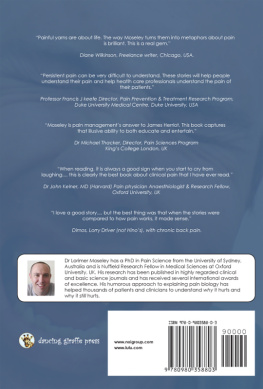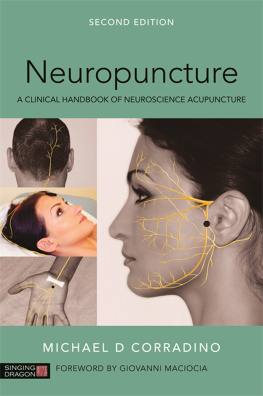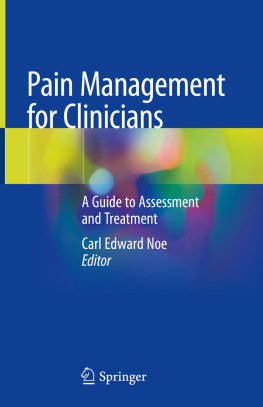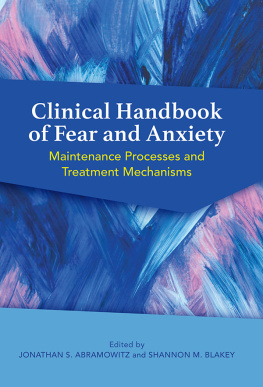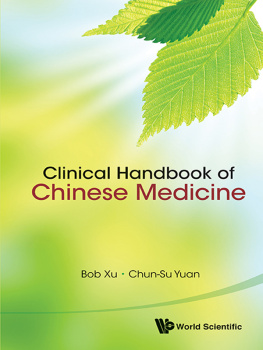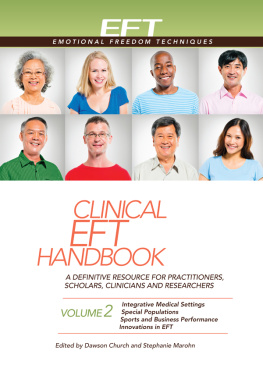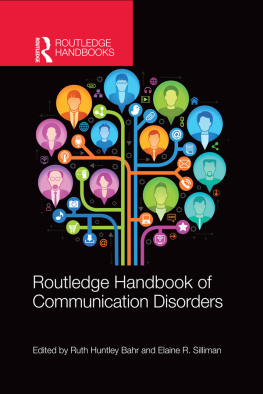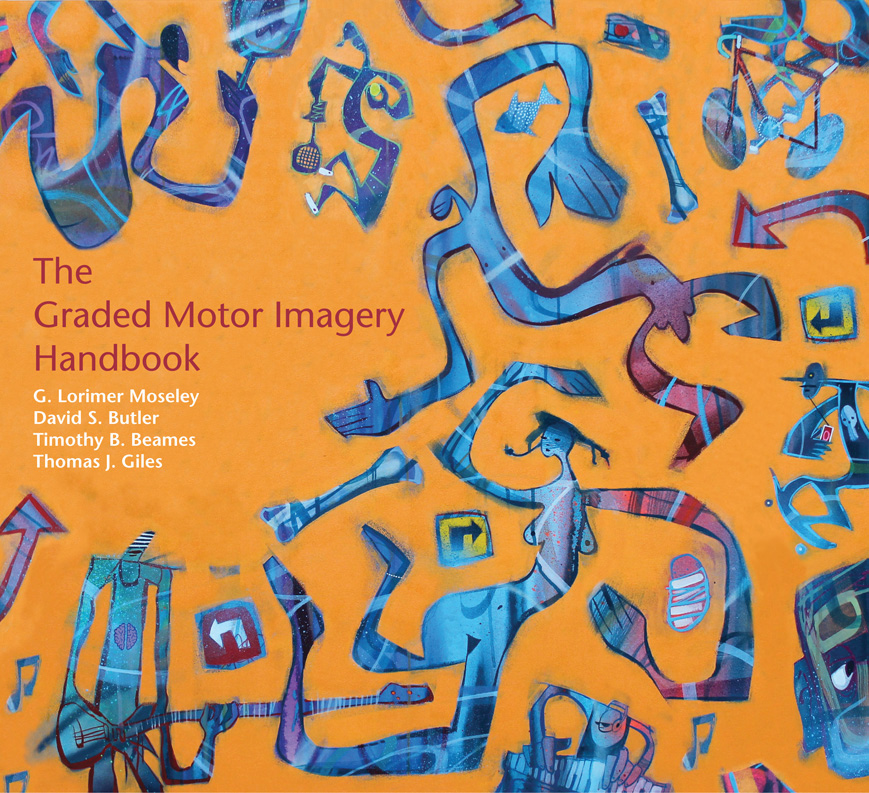
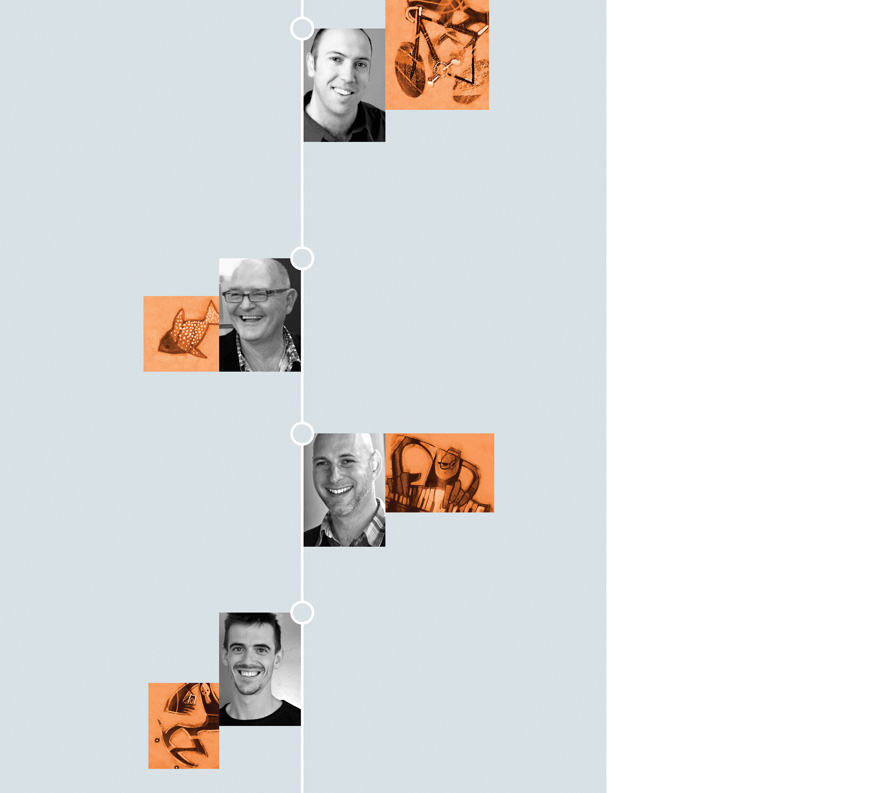
G. Lorimer Moseley
Lorimers interests lie in the role of the brain and mind in chronic pain. He is a clinical scientist with a PhD from Sydney University. After posts at Oxford University, UK, and Neuroscience Research Australia, Sydney, he is now Professor of Clinical Neurosciences and the Inaugural Chair in Physiotherapy at the University of South Australia, Adelaide. He has given over 50 plenary talks in 25 countries and has published over 100 scholarly works.
David S. Butler
David is an educationalist, author and clinician who dabbles in research. He is a director of NOI, has taught regularly around the world for 25 years and is author of four pain related textbooks. He has an education doctorate from Flinders University and has a particular interest in changing professional and public views on pain treatment.
Timothy B. Beames
Tim is the principal NOI instructor in the UK and a zappy speaker. With a Masters in Pain: Sciences and Society from Kings College, London, he aims to bring a better understanding of pain and the interaction of biological, psychological and social elements with an individuals pain experience to patients, clinicians and the public.
Thomas J. Giles
Tom is an integral part of the GMI toolbox development team and is the NOI go-to man for users who want to get the best out of the programme. A part-time nerd, he also has an international marketing degree and he continues to refine and develop the programme, assist with facilitating research and informing the public about GMI.
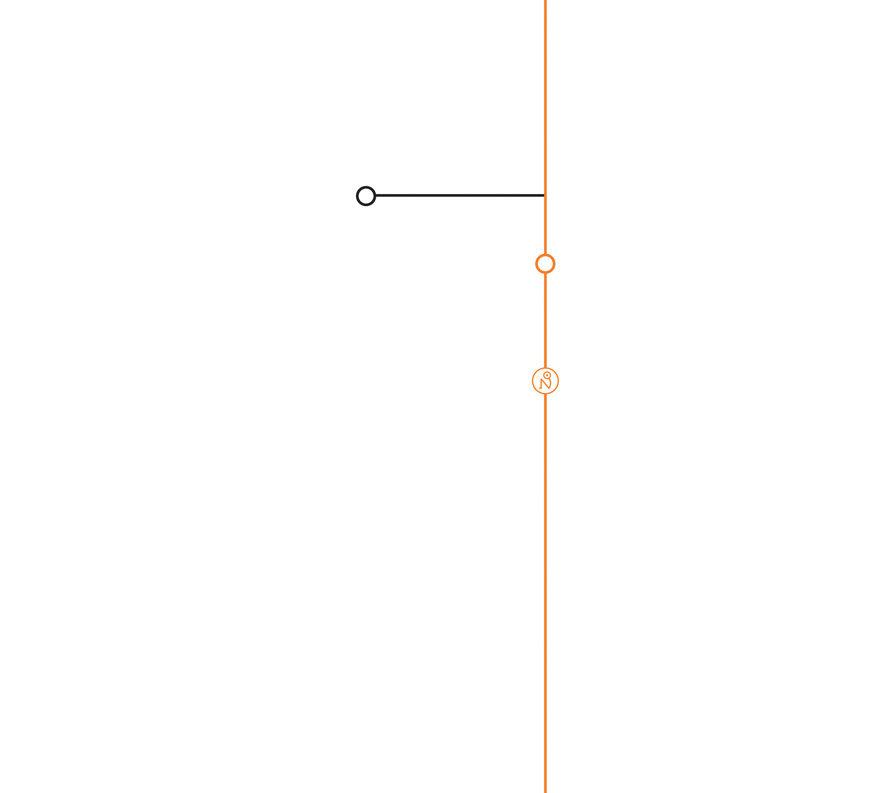
The
Graded Motor Imagery
Handbook
G. Lorimer Moseley
David S. Butler
Timothy B. Beames
Thomas J. Giles
Noigroup Publications
Adelaide, Australia, 2012
www.noigroup.com
www.gradedmotorimagery.com
www.noigroup.com/recognise
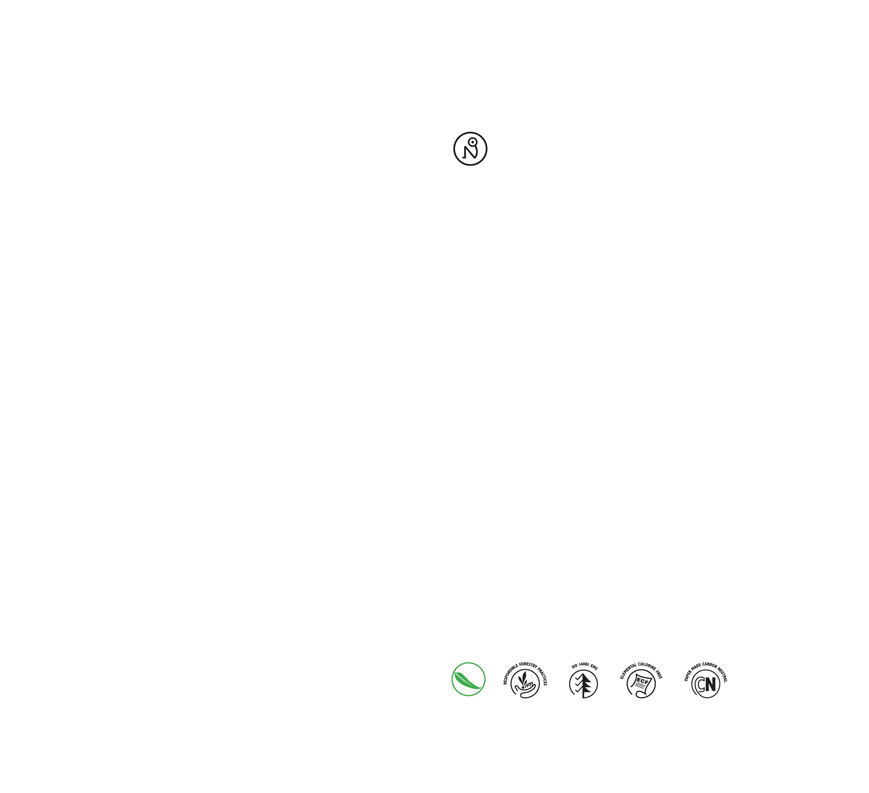
Published by Noigroup Publications for NOI Australasia, Pty Ltd.
Printed and bound in Adelaide, Australia.
Copyright 2012 Noigroup Publications.
All rights reserved. No part of this publication may be reproduced, stored in a retrieval system or transmitted in any form or by any means, electronic, mechanical, photocopying, recording or otherwise, without the prior written permission from the publisher, except for brief quotations embodied in critical articles and reviews.
The procedures and practices described in this book should be implemented in a manner consistent with professional standards set for the circumstances that apply in each situation. Every effort has been made to confirm accuracy of the information presented and to correctly relate generally accepted practices.
The authors, editor and publisher cannot accept responsibility for errors or exclusions or for the outcome of the application of the material presented herein. There is no expressed or implied warranty of this book or information imparted by it.
National Library of Australia
A catalogue record for this book is available from the National Library of Australia
State Library of South Australia
A catalogue record for this book is available from the State Library of South Australia.
Moseley, G. Lorimer, Butler, David S., Beames, Tim B., Giles, Tom J.
The Graded Motor Imagery Handbook
First edition 2012
Includes index
ISBN 978-0-9872467-5-2
Noigroup Publications
NOI Australasia Pty Ltd
19 North Street, Adelaide City West,
South Australia 5000
www.noigroup.com
Telephone +61 (0)8 8211 6388
Facsimile +61 (0)8 8211 8909
info@noigroup.com
Paper stock credentials: Barry Bleach board 285gsm, Impact 135gsm
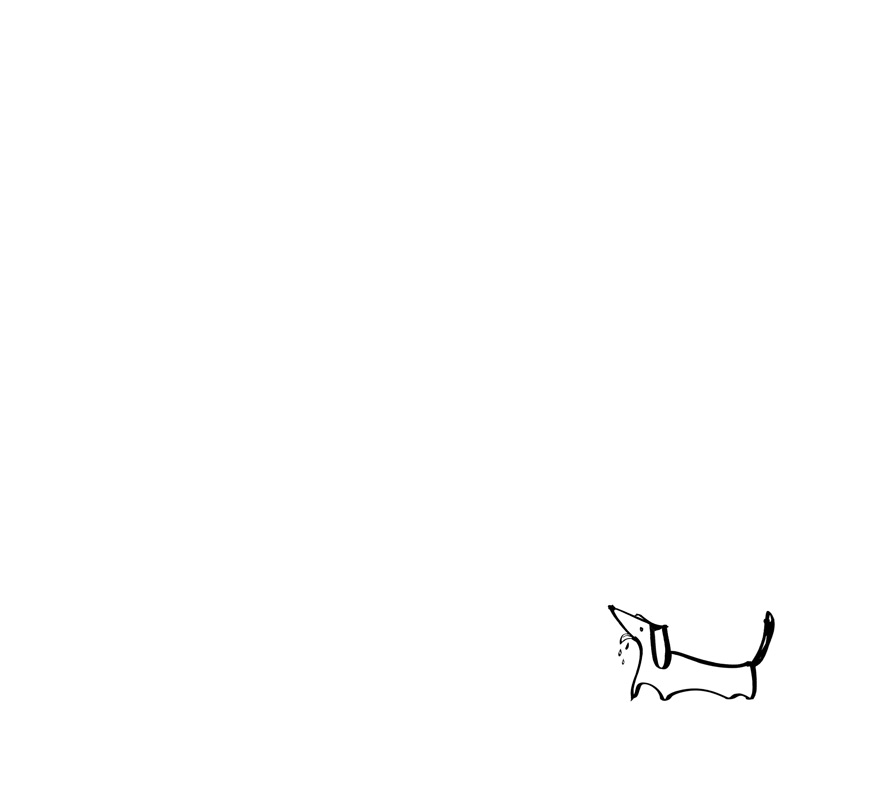
Acknowledgements
We would like to thank the production team at NOI HQ the design team Paula Filippone and Ariane Allchurch, editor Juliet Gore, research Kat Waterman, accounts Karin Kosiol, dispatch and customer service Tara Gagliardi, as well as Dan Tomkins for his great artwork and Halton Stewart for his ongoing enthusiasm and innovation in developing computer-based tools.
But mostly, we want to thank the very large number of patients who tried out various forms of GMI during its development, or who participated in experiments and clinical trials on it once it was developed and the community of clinicians who continually feed back their experiences of GMI in the real world so that we can keep working towards better outcomes for people in pain.

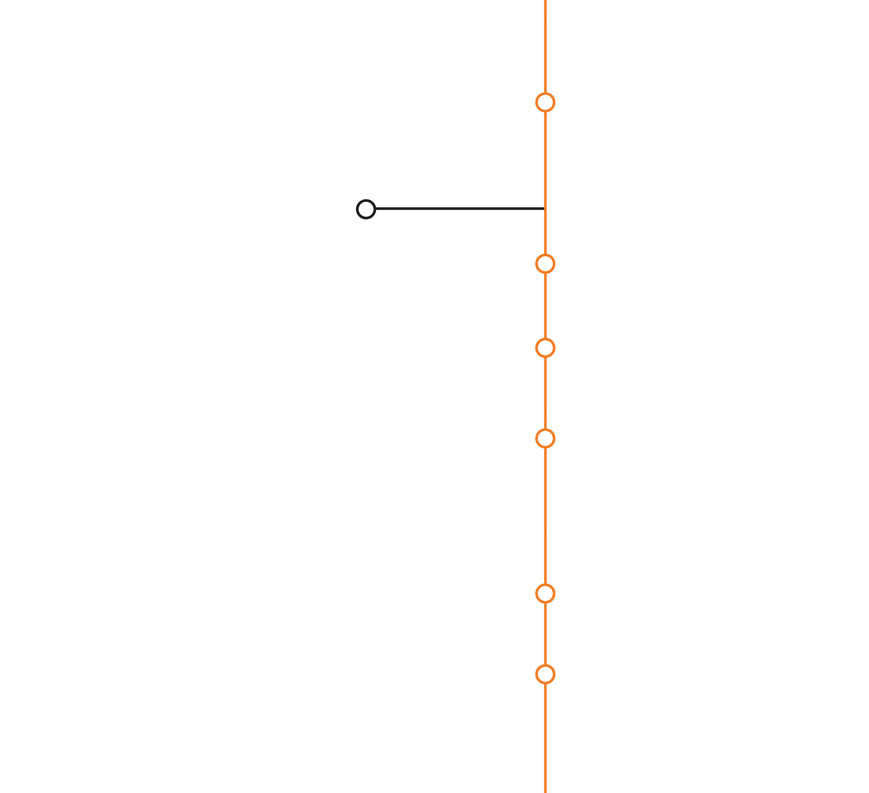
Knowledge
The power behind
Graded Motor Imagery
David S. Butler
1.1 Knowledge and reasoning
2.1 What is in the handbook?
2.2 The paradigms that underpin our work
4.1 Knowledge enrichment and conceptual challenges
4.2 Grains of unhelpful and incorrect information
4.3 Deep knowledge is better than superficial knowledge
4.4 Out of the shadows learning

Knowledge - The power behind Graded Motor Imagery
www.noigroup.com
1. INTRODUCTION
Im a physiotherapist by trade and ever since I graduated back in 1978, I have encountered a group of patients who have defied any therapeutic attempts be they surgical, pharmacological or any of the numerous strategies that the rehabilitation world offers. And as if to taunt me they would say things like my arm doesnt feel like mine or it hurts when I think of moving or the pain would move around their body and you could never catch it. Vagueness was a symptom in itself and it was difficult to see past my frustration to what lay behind the patients vagueness. I am glad I am still a physio, still involved in rehabilitation because I believe I have just caught a new era in rehabilitation science a refreshed biopsychosocial approach increasingly powered by the neuroimmune science revolution. Graded Motor Imagery (GMI) is now a part of that revolution, not only as a series of novel treatment strategies, but also an increasing reminder that the representation of body in the brain should be considered in all patients. It also informs us that we (clinicians and patients) can and must lift our expectations of outcome.
Graded Motor Imagery is a complex series of treatments including graded left/right judgement exercises, imagined movements and use of mirrors targeting neuropathic pain problems. These problems include states such as complex regional pain syndrome (CRPS) where in the past there was little effective therapy to offer. But the GMI treatments (lets not call it a programme as they are not preset) are vulnerable to misuse. It can be hard work. The treatment requires careful tailoring to individual patients and cannot exist alone without

